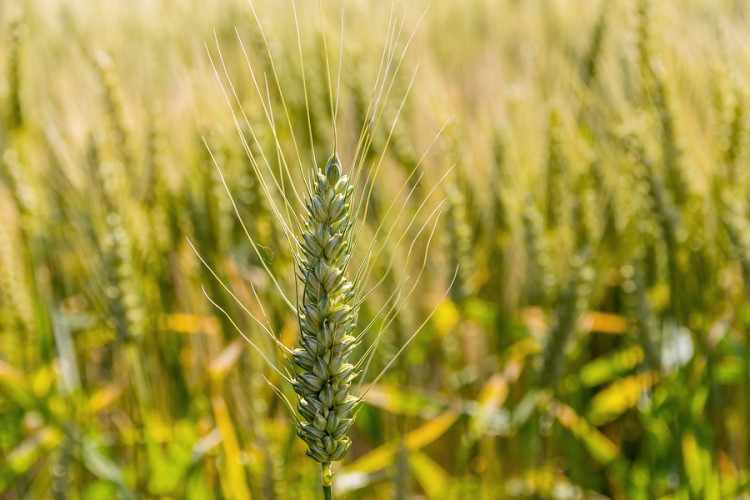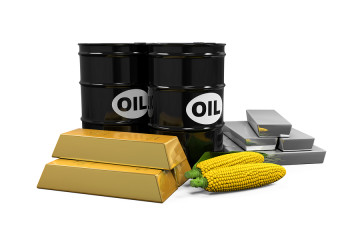How to Maximize Productivity with Farm Apps

By
In today’s fast-paced world, farming is no longer just about soil, seeds, and sunshine. The introduction of farm apps has revolutionized agriculture, making it smarter, faster, and more productive. These tools are the modern farmer’s best ally, offering practical solutions to age-old challenges. So, how can you make the most of these apps to boost your farm’s productivity? Let’s dive in.
1. Stay Organized with Real-Time Updates
Farm apps allow you to keep track of your daily tasks, crop cycles, and schedules with ease. You can reduce the risk of errors or delays by ensuring timely planting, watering, and harvesting using real-time updates. Imagine having an app remind you that it’s the perfect time to spray fertilizers based on weather predictions-that’s the power of technology.
Additionally, these apps can sync across multiple devices, ensuring that everyone on your farm team is on the same page. You no longer have to rely on handwritten notes or spreadsheets to track your tasks. This increased level of organization helps reduce inefficiencies and boosts overall productivity.
2. Monitor Your Crops and Soil
Many farm apps come equipped with sensors or integration options that monitor soil health, moisture levels, and even pest activity. With these insights, you can take precise action to address issues before they escalate. Instead of guessing whether your soil needs more nutrients, these apps provide real-time data that help you apply the right amount of fertilizer at the right time.
Moreover, satellite imagery and drone integration in some advanced farm apps allow farmers to get a bird’s-eye view of their crops. This helps identify problem areas that may not be visible from the ground, giving you a strategic advantage in crop management.
3. Utilize Smart Irrigation Techniques
Water management is crucial in farming. Farm apps can help automate irrigation schedule
Some apps are even designed to integrate with IoT-based irrigation systems. These systems can automatically adjust water levels based on crop needs, weather forecasts, and soil moisture content. By using such technology, farmers can conserve water while ensuring optimal crop growth, ultimately leading to increased efficiency and sustainability.
4. Track Expenses and Revenue
Understanding your farm’s financial condition is critical. Numerous apps have tools for tracking revenue, keeping track of expenditure, and figuring out earnings. You can make well-informed decisions about expanding operations or eliminating wasteful spending with this level of detail.
s based on real-time weather data and soil conditions. This ensures your crops receive the right amount of water, reducing wastage and improving yield quality.
Having a clear financial overview also helps in applying for loans, subsidies, or investments. Many farming apps generate detailed reports that can be used to present financial records to banks or investors, making it easier to secure funding for farm expansions or new projects.
5. Access Expert Advice on the Go
Gone are the days when farmers had to rely solely on word-of-mouth advice. Farm applications connect you with scientists, agronomists, and other professionals who can offer advice based on your specific needs. Whether it’s choosing the right crop for your region or troubleshooting pest issues, expert help is just a tap away.
Many of these apps also come with a knowledge base filled with articles, research papers, and farming guides. Farmers can use these resources to stay updated with the latest agricultural trends and best practices, ensuring that they are always ahead of the curve.
6. Embrace Data-Driven Decision Making
The true strength of farm apps lies in their ability to analyze vast amounts of data and provide actionable insights. From predicting yields to identifying disease patterns, these tools help you make smarter decisions that directly impact productivity.
Data-driven decision-making reduces the risk of crop failure and enhances overall farm efficiency. Some farm apps use artificial intelligence (AI) and machine learning to analyze historical data and predict future trends. For example, an app might suggest planting a particular crop based on past weather patterns, soil conditions, and market demand, helping farmers optimize their yields and profitability.
7. Improve Supply Chain Management
Farm apps also streamline supply chain management by helping farmers track inventory, manage orders, and coordinate with suppliers and buyers. Instead of relying on manual paperwork, farmers can use digital records to monitor stock levels, ensuring they never run out of essential supplies like seeds, fertilizers, or pesticides.
Additionally, some farm apps offer direct marketplace connections, allowing farmers to sell their produce without middlemen. This can lead to better pricing, faster transactions, and increased profits.
8. Enhance Farm Security and Surveillance
Modern farm apps can also contribute to farm security. Some applications integrate with smart surveillance systems, allowing farmers to monitor their property remotely via mobile devices. Motion sensors and security cameras linked to these apps can send real-time alerts in case of unauthorized access, theft, or damage.
With such security measures in place, farmers can safeguard their investments and ensure that their farm operations run smoothly without unexpected disruptions.
9. Promote Sustainable and Eco-Friendly Farming
Sustainability is becoming an increasingly important aspect of agriculture. Many farm apps offer features that promote eco-friendly farming practices. For instance, some apps provide recommendations on crop rotation techniques, organic farming methods, and ways to reduce chemical usage.
By adopting sustainable farming practices through the guidance of these apps, farmers can contribute to environmental conservation while maintaining high productivity levels.
10. Strengthen Community and Networking Opportunities
Farm apps often come with social networking features that allow farmers to connect with peers, share insights, and learn from each other’s experiences. Online farming communities can be a great source of support, knowledge exchange, and collaboration.
By joining farming networks within these apps, farmers can stay informed about the latest agricultural trends, upcoming farming events, and new technological advancements. These connections can also open doors to partnerships, collaborations, and new business opportunities.
Final Thoughts
Farm apps are not just a luxury; they are becoming a necessity in modern agriculture. By leveraging these digital tools, farmers can enhance productivity, optimize resources, and make data-driven decisions that lead to greater profitability and sustainability.
As technology continues to evolve, the capabilities of farm apps will only expand, offering even more sophisticated solutions to agricultural challenges. Whether you are a small-scale farmer or managing a large agricultural enterprise, embracing these tools can make a significant difference in your farming success.
Ready to explore the features that matter most? Discover the top 5 features every agriculture app should have to ensure you’re investing in the right tool.
Make your farm smarter today and reap the rewards tomorrow!
sooperarticles.com







No Comment